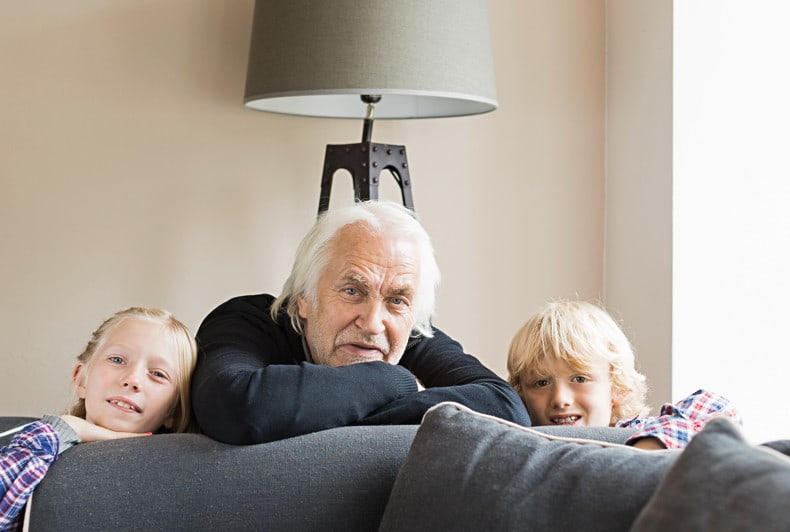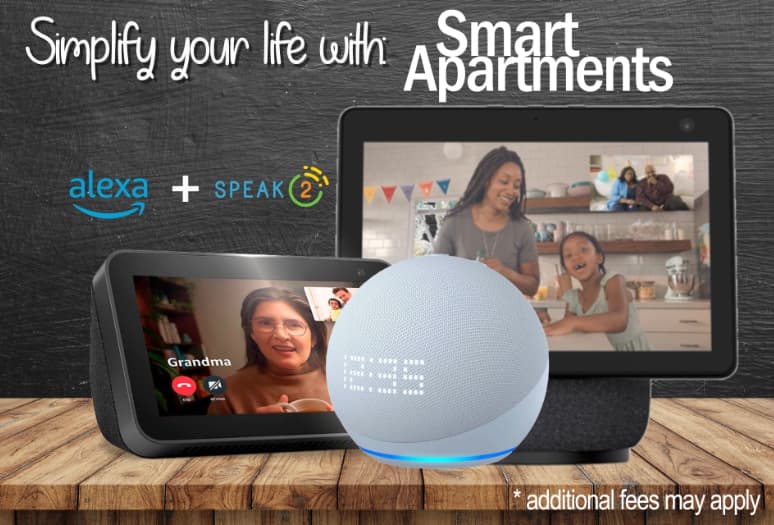Understanding Emotional Hygiene in Caregiving
Caring for someone involves a constant stream of micro-adjustments that rarely appear on the surface: small decisions, repeated tension, emotional recalibrations. Over time, this sustained attentiveness creates a quiet strain. Emotional hygiene becomes the internal maintenance that prevents that strain from turning into depletion. It is not a luxury but a stabilizing practice that keeps caregivers grounded and emotionally available.
What Emotional Hygiene Really Means
In caregiving, emotional hygiene is the ability to identify, regulate, release, and reorganize the emotional load accumulated throughout the day.
It is an active process that includes:
- Noticing when an emotion gets stuck
- Acknowledging how constant responsibility reshapes your inner landscape
- Using micro-rituals to calm the nervous system
- Setting small boundaries that protect mental clarity
Emotional hygiene functions as a protective layer. It preserves the caregiver’s capacity to connect, decide, and respond without collapsing under the weight of ongoing care.
Signs of Emotional Wear and Tear
Emotional strain rarely announces itself dramatically. It shows up in subtle, everyday changes such as:
- Irritability that appears without a clear trigger
- Difficulty focusing on simple tasks
- Feeling “on alert” even when the environment is calm
- Loss of enthusiasm for activities that once brought relief
- Restless or fragmented sleep
- Heightened sensitivity or emotional reactivity
- A mild mental fog during decision-making
These signs aren’t failures — they are physiological and psychological indicators that the system needs recalibration.
Care That Sustains vs. Care in Survival Mode
Caregiving often operates in two very different internal states. They can look similar from the outside, but they feel profoundly different on the inside. The distinction lies in emotional availability: whether the body and mind can still process or whether they are simply pushing through.
Below is a clear and concise comparison:
Micro-Comparison: Healthy Care vs. Survival Mode
Aspect | Care That Sustains | Care in Survival Mode |
Mental State | Decisions are made with reasonable clarity, even on heavy days. | Every decision feels heavier than it should; there is anticipatory fatigue. |
Sense of Time | The day is manageable in segments; small pauses are possible. | The day feels like a continuous track with no internal breaks. |
Emotional Response | There is flexibility and the ability to regain balance. | Emotions react automatically; returning to center is difficult. |
Physical Sensation | The body rests when given rest. | There is a baseline tension, even while sitting still. |
Connection to the Loved One | The relationship retains warmth and presence. | Emotional connection loses nuance; emotional distance begins to form. |
2. The Caregiver Well-Being Framework: Body, Mind, Heart, and Meaning
Body — The Physical Anchor
What Damages It
- Sleep interruptions
- Constant readiness or hypervigilance
- Muscle tension from repetitive tasks
- Long periods without true rest
What Restores It
- Short pauses with no responsibility attached
- Breathing that slows the heartbeat
- Releasing micro-tension (jaw, hands, shoulders)
- A predictable moment of physical stillness each day
One-Minute Exercise: “Drop the Shoulders” Scan
Sit or stand still.
Lower your shoulders slightly.
Unclench the jaw.
Relax the hands.
Exhale for twice as long as you inhale.
Let the spine settle into its natural shape.
One minute is enough to reset the nervous system from “alert” to “aware.”
Mind — The Cognitive Compass
What Damages It
- Decision overload
- Constant problem-solving
- Rapid switching between tasks
- Internal monologues filled with responsibility
What Restores It
- Externalizing thoughts (notes, reminders, small lists)
- Minimizing micro-decisions
- Brief mental pauses to regain orientation
- Spaces with low sensory input
One-Minute Exercise: “Name the Next Step”
Stop, breathe once, and ask:
What is the single next step I need to take?
Not the whole day. Not the whole problem.
Just one step.
This shrinks cognitive noise and reintroduces clarity.

Heart — The Emotional Center
What Damages It
- Guilt (real or imagined)
- Emotional intensity without release
- Frustration that accumulates instead of dissipating
- Feeling unseen or unsupported
What Restores It
- Naming emotions without judgment
- Acknowledging internal limits
- Small moments of genuine affection with the loved one
- Emotional validation from another human being
One-Minute Exercise: “Label and Let It Pass”
Inhale slowly.
Identify the emotion with one word (tired, angry, sad, overwhelmed, tender).
Say internally: This is what my heart is holding right now.
Exhale slowly and imagine the emotion moving—not disappearing, just moving.
This reduces emotional reactivity and restores emotional presence.
Meaning — The Inner Source of Strength
What Damages It
- Days that feel mechanical
- Lack of acknowledgment
- Losing sight of why caregiving matters
- Feeling disconnected from personal identity
What Restores It
- Small rituals that bring coherence (morning gratitude, evening pause)
- Reminders of personal values
- Symbols or objects that carry inner significance
- Conversations that reconnect the caregiver with purpose
One-Minute Exercise: “The Grounding Word”
Choose one word that represents your anchor today:
Patience, love, clarity, steadiness, compassion, resilience.
Repeat it silently for 10–15 seconds.
This reorients attention to a deeper internal point of support.
3. Daily Emotional Hygiene Tools You Can Actually Use
Emotional hygiene works when it’s simple, brief, and repeatable. These tools don’t aim to transform the whole day — they provide small physiological resets that prevent emotional overload and help the nervous system recover while caregiving continues.
The 90-Second Reset
When frustration or tension spikes quickly, the body needs a short physiological interruption.
How to do it:
- Inhale slowly through the nose.
- Exhale even more slowly, as if releasing pressure.
- Continue for 90 seconds.
Why it works:
It shifts the nervous system out of reactivity and restores clarity in under two minutes.
The Three-Breath Pause
Perfect for rushed moments, noise, or decision fatigue.
Breath 1: Notice what’s happening.
Breath 2: Drop any tension you can find.
Breath 3: Ask yourself, “What do I need in this minute?”
Three breaths create mental order and prevent micro-burnout.
Microboundaries
Small boundaries that protect emotional bandwidth without confrontation.
Examples:
- Not responding to messages while eating.
- Taking 30 seconds before answering a difficult question.
- Saying, “Let me think about that for a moment,” instead of reacting immediately.
Small boundaries stabilize large emotions.
The “Name and Place” Technique
A quick way to regulate strong emotions without suppressing them.
How to do it:
- Name the emotion with a single word.
- Identify where you feel it in the body.
Example: “Tension, in the throat.”
This gives the emotion shape and prevents it from taking over your attention.
Mini Journaling Prompts (30–45 seconds)
Not a diary — just a pressure release.
Try one:
- “The hardest part of today was…”
- “One thing I handled well was…”
- “What I need tomorrow to feel better is…”
A few sentences unburden the emotional load.
Short Scripts for Hard Moments
Simple phrases that reduce conflict and protect your inner balance.
- To ask for a pause: “I need a minute to think and I’ll come back to you.”
- To ask for support: “Could you help me with this part? It would make a big difference.”
- To set a soft boundary: “I can’t make that decision right now, but I can revisit it later.”
They are brief, respectful, and emotionally protective.

4. Shared Care as Emotional Hygiene — And How Senior Living Becomes Part of the Team
What Shared Care Really Means
Shared care is a caregiving structure where responsibilities, decision-making, and emotional load are distributed across a team — family, professionals, community programs, technology, and supportive environments.
It ensures that the caregiver’s identity and health stay intact while the loved one receives consistent, high-quality care.
Shared care recognizes three truths:
- One person cannot be a full-time caregiver and a full-time human at once.
- Emotional bandwidth is limited, even with love.
- Support systems create stability where individual effort alone cannot.
Why Shared Care Is Emotionally Intelligent
Operating alone builds silent pressure. Shared care reduces:
- Emotional exhaustion
- Decision overload
- Hypervigilance
- Guilt-driven patterns where caregivers reject help they desperately need
When care is shared, caregivers regain:
- A sense of self
- Time to think, not just react
- Emotional presence instead of emotional depletion
- Relationship quality with their loved one
Shared care acknowledges limits with dignity — not defeat.
What You Can Delegate Without Losing Control
Delegation in shared care is not about stepping back; it’s about stepping back into yourself while your loved one continues receiving excellent support.
Caregivers often delegate:
- Medication management
- Nighttime monitoring or safety oversight
- Personalized one-on-one care
- Cognitive stimulation activities
- Fitness or wellness routines
- Social engagement
- Meal preparation and nutrition monitoring
The caregiver remains the emotional anchor. The team provides the infrastructure.
When Senior Living Becomes Part of Shared Care
Senior living is one of the most effective forms of shared care because it surrounds the loved one with a 24-hour support ecosystem while restoring the caregiver’s emotional bandwidth.
This is where communities like Spring Park in Travelers Rest become part of the caregiver’s well-being — not just the resident’s.
How Senior Living Reduces Emotional and Physical Stress
At Spring Park, caregivers often experience immediate relief because essential responsibilities are absorbed by a coordinated professional team:
- 24-hour associates manage needs around the clock
- Medication oversight removes one of the biggest stressors
- Full-time RN support provides medical stability and early intervention
- Individualized, one-on-one care maintains dignity and safety
- Brain fitness and memory programs keep cognitive health active
- Chef-prepared meals eliminate daily planning, cooking, and monitoring
Caregivers stop being crisis managers and return to being daughters, sons, partners, or friends.

What Disappears When Senior Living Becomes Part of the Team
Stressors that often vanish within weeks:
- Constant monitoring
- Fear of accidents or missed medications
- Isolation for the loved one
- Endless meal preparation
- Guilt for not being “enough”
- Physical exhaustion from daily care tasks
When these disappear, relationships soften. Conversations become lighter. Caregivers breathe again.
Signs Your Family Might Benefit from Professional Support
Caregivers often find clarity when they notice:
- You can’t rest even when someone else is with your loved one
- Daily tasks feel heavier and harder
- Emotional numbness or irritability appears more often
- Visits are filled with logistics, not connection
- Your loved one needs more cues, reminders, or supervision than before
- Managing medications or safety feels overwhelming
These signs are invitations, not failures — signals that the load needs redistributing.
What “Breathing Again” Feels Like
Families at Spring Park often describe the same shift:
- Relief that comes from knowing someone is always caring
- Returning home without tension in the chest
- Rediscovering patience and affection
- Being able to enjoy moments rather than rush through them
- Feeling supported instead of responsible for everything
Shared care gives caregivers their humanity back.
SCHEDULE YOUR TOUR TODAY!






